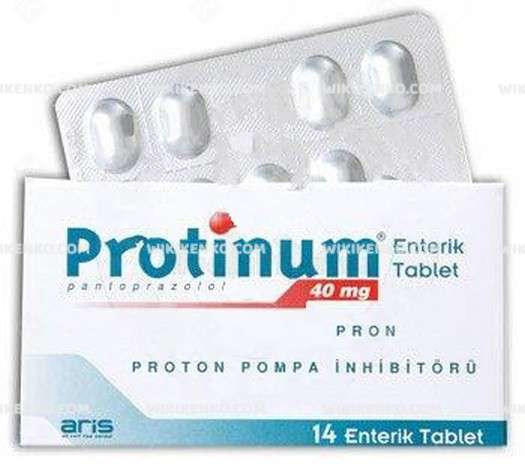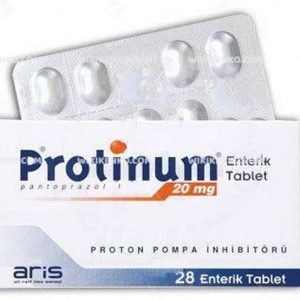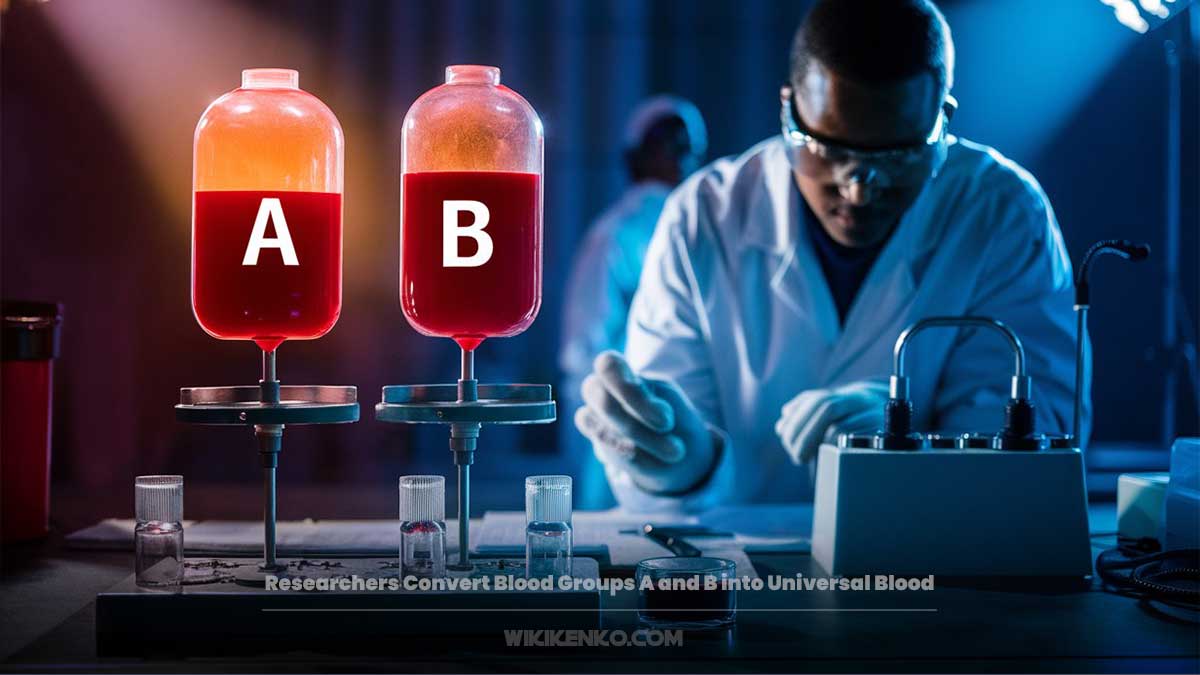Description
In the heart of Protinum resides pantoprazole, a potent force within the landscape of medications. Each tablet, wrapped in an enteric coat, harbors 40 mg of this active ingredient—a dose of potency that addresses acid-related conditions.
Mechanism
Pantoprazole’s narrative finds its essence within the landscape of proton pump inhibitors (PPIs). As a representative of this drug class, it orchestrates a reduction in stomach acid production—an endeavor aimed at easing the burden of acid-related diseases.
Uses
The horizon of Protinum’s utility stretches wide, encompassing a spectrum of conditions within its ambit. For adults and adolescents aged 12 and above, it embarks on a mission to alleviate reflux oesophagitis—an inflammation of the oesophagus often accompanied by the unwelcome regurgitation of stomach acid. The tapestry extends further—the eradication of Helicobacter pylori, a bacterium that finds residence in patients afflicted with duodenal and stomach ulcers.
In unison with two antibiotics, Protinum emerges as an eliminator, aimed at curbing the return of these ulcers. Beyond these milestones, the reach of Protinum unfurls—unveiling its potential in the treatment of stomach and duodenal ulcers, Zollinger-Ellison Syndrome, and other conditions marked by excessive stomach acid production.
Dosage and Administration
In the realm of Protinum, precision becomes a guiding star. The script of dosage weaves a tale dictated by the condition being addressed. In the pursuit of Helicobacter pylori’s eradication, a symphony emerges—one tablet, twice a day, in harmonious collaboration with antibiotics. The conductor of this symphony is the wisdom of medical professionals, and the score they orchestrate is etched within the guidance provided by doctors and pharmacists.
Precautions
Within the precincts of healthcare, prudence unfurls its wings as a guardian. Before the embarkation on Protinum’s journey, the council of caution beckons. The dialogue with your physician must encompass a disclosure of allergies or medical conditions, especially the specter of severe liver problems. For those with a history of liver ailments, the vigilant monitoring of liver enzymes becomes an imperative, a protocol sculpted by the hands of vigilance.
An intersection with HIV protease inhibitors, exemplified by atazanavir, becomes a realm of caution—an encounter that necessitates a conversation with a healthcare custodian before embracing Protinum.
A Journey Concluded
As the curtain descends on the exploration of Protinum and its active ingredient, pantoprazole, an epilogue of healing and understanding emerges. The essence of Protinum resides not just within its formulation but in the wisdom that guides its usage. The script of healing unfurls—a narrative woven by the hands of healthcare professionals, a symphony that marries precision with relief.
The Chronicles of Pantoprazole’s Efficacy
Within the realm of medicinal journeys, time emerges as a factor of consideration. According to the information gleaned, the journey of pantoprazole, the vibrant nucleus of Protinum, to full efficacy spans up to a week—a window of time where the tendrils of relief intertwine with the body’s response. The experience of relief, however, may commence before the full week’s embrace.
Within this context, the compass of guidance remains steadfast—the counsel of physicians and pharmacists, a beacon of precision etched in their understanding of the individual’s needs and medical history.
Conclusion
In the realm of healthcare, the doctrine of care stands unwavering—a sanctuary guided by expertise and wisdom. As the story of Protinum and pantoprazole unfurls, it resonates not just as a medication but as a testament to the collaboration between science and care. Within these corridors, health emerges as a symphony—a harmony composed of precision, relief, and the hands of those who guide the journey












Reviews
There are no reviews yet.